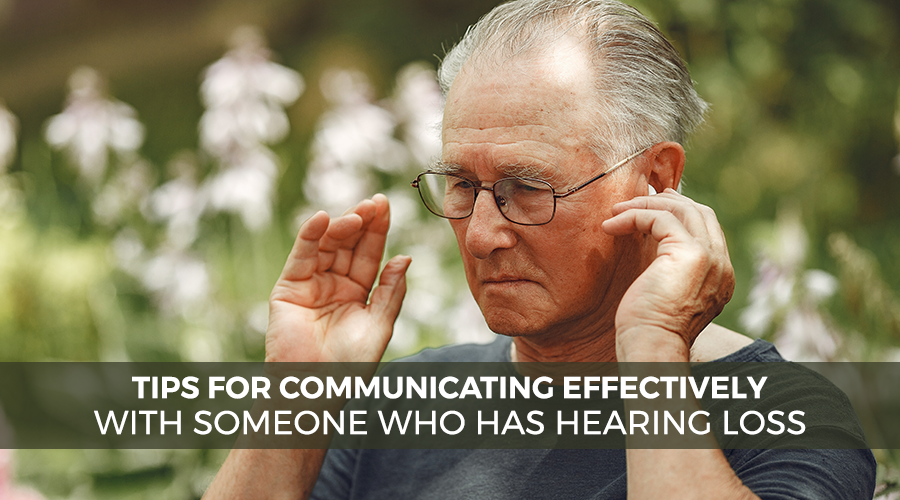Tips for Communicating Effectively with Someone Who Has Hearing Loss

Communication is essential for building relationships, but it can be challenging when one party has hearing loss. Whether you’re interacting with a friend, family member, colleague, or stranger with hearing impairment, it’s important to communicate effectively to ensure mutual understanding and respect. In this blog post, we’ll explore practical tips for communicating with someone who has hearing loss, fostering meaningful connections and inclusive interactions.
- Face the Person Directly: When communicating with someone who has hearing loss, position yourself in front of them and maintain eye contact. This allows them to see your facial expressions, lip movements, and gestures, which can aid in understanding.
- Speak Clearly and Slowly: Speak clearly and at a moderate pace, enunciating your words without exaggeration. Avoid shouting, as it can distort speech and make lip-reading difficult. Speak naturally, but slightly slower than usual to facilitate comprehension.
- Use Natural Lighting: Ensure adequate lighting when communicating with someone who has hearing loss. Natural light is preferable, as it provides better visibility of facial expressions and lip movements, enhancing communication effectiveness.
- Minimize Background Noise: Reduce background noise whenever possible, as it can interfere with hearing aids and make it challenging for individuals with hearing loss to focus on conversation. Choose quiet environments for discussions and turn off unnecessary sources of noise.
- Rephrase Rather Than Repeat: If the person with hearing loss doesn’t understand something you’ve said, try rephrasing your message using different words or simpler language, rather than repeating the same phrase. This can improve comprehension and prevent frustration.
- Use Visual Aids: Supplement verbal communication with visual aids whenever feasible. Writing down key points, using gestures, or employing visual cues can enhance understanding and reinforce verbal messages.
- Encourage Active Listening: Encourage active listening by allowing the person with hearing loss to participate in the conversation actively. Give them time to process information, ask clarifying questions if needed, and acknowledge their contributions.
- Be Patient and Empathetic: Patience and empathy are crucial when communicating with someone who has hearing loss. Understand that they may require additional time to understand and respond to conversations. Show empathy by expressing understanding and offering support.
- Respect Personal Space: Respect the personal space of individuals with hearing loss and avoid invading their personal bubble. Maintain a comfortable distance when speaking to them, allowing them to feel at ease during interactions.
- Seek Feedback: Lastly, seek feedback from the person with hearing loss to ensure effective communication. Ask if they understood the message, if there’s anything you can do to improve communication, and if they have any specific preferences or needs.
Effective communication is a two-way street that requires patience, understanding, and adaptability. By implementing these tips and fostering a supportive communication environment, you can enhance interactions with individuals who have hearing loss, promoting inclusivity, and strengthening relationships. Remember, communication is not just about words; it’s about connection and mutual respect.
